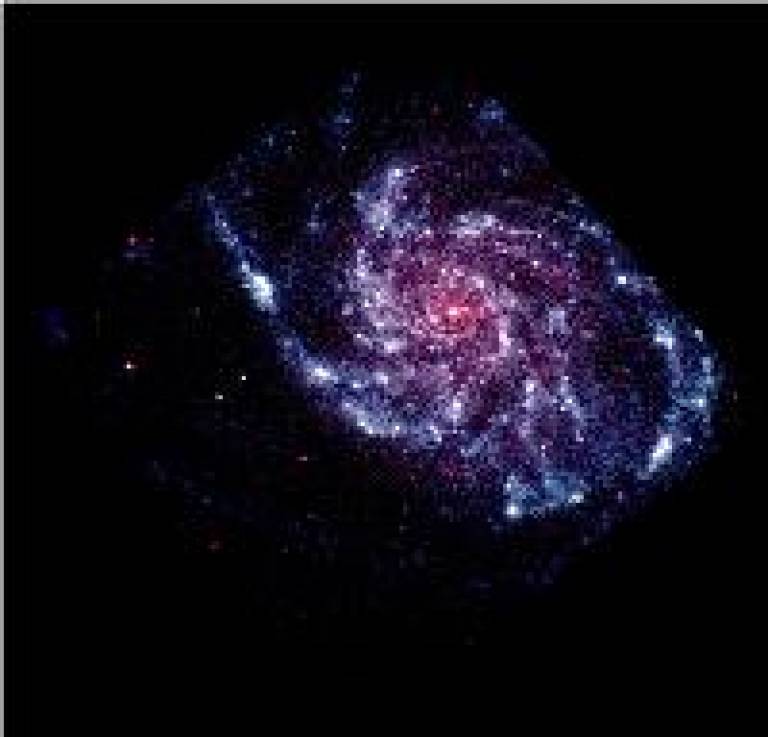White dwarfs and black holes star at UCL conference
7 August 2006
White dwarfs and black holes - some of the most dense and exotic stars that exist - were the focus of new findings reported by UCL researchers at this year's 'New Results in X-Ray Astronomy' conference held at the UCL Mullard Space Science Laboratory in July 2006.

Dr Gavin Ramsay, a galactic astronomy specialist based at UCL, presented surprising findings about ultra-compact binary stars. When two white dwarfs- stars that are similar in mass to our Sun but only roughly the size of the Earth - orbit each other, one sucks matter from its companion. His observations show that the energy produced during this process is emitted in ultraviolet wavelengths, not in X-rays as previously suspected.
Dr Ramsay also proved that the two most compact binary stars known to astronomers, which are powerful sources of gravitational radiation, are continuing to 'spin up'; that is, their orbits of each other are getting steadily faster.
Dr Catherine Brocksopp of UCL's extragalactic research team reported an 'outburst' of sudden brightenings from what is thought to be a binary star involving a black hole (also known as the X-ray transient GRO J16555-40). The brightenings are due to the dust and gas that become hot and viscous as they pass from the star to the black hole.
The star had been inactive for nearly a decade, but its reawakening in February 2005 was perfectly timed to be captured by the Swift observatory, launched into orbit in 2004. The observatory recorded the effects in gamma-ray, X-ray, ultraviolet and optical wavelengths simultaneously, providing an unprecedented amount of data on this phenomenon.
'New Results in X-Ray Astronomy' is an annual conference that provides a platform for young researchers in the astronomical community. This year, talks and poster presentations showcased the world-class research going on across the UK drawing on data gathered by the Chandra, XMM-Newton and Swift observatories. Over 50 X-ray astronomers from 11 universities took part, including two experts from the University of Cantabria in Spain.
For more information, follow the links below.
Image: The Pinwheel Galaxy, 15 million light years from Earth, captured by the Swift spacecraft using a telescope built at the UCL Mullard Space Science Laboratory.
 Close
Close

